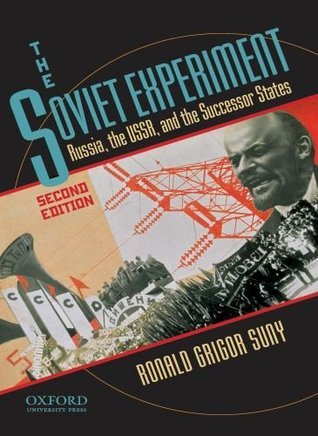What do you think?
Rate this book


588 pages, Paperback
First published November 13, 1997
The poor peasants were seen by the Communists as true “rural proletarians.” They were either paid agricultural laborers, peasants without land, or those with so little land that they were forced to work for others to supplement their income. Perhaps as many as one-third of Russian peasants
were poor, without livestock or even a horse, unable to support their families from their farms. Middle peasants made up the majority of the peasantry, or about 60 percent. They were able to eke out a bare subsistence on their farms and usually had some livestock. At the top of peasant society were the kulaks, the richer peasants who possessed livestock, perhaps even some farm machinery, and were able to hire labor. While they were the best-off peasants materially, they had certain disadvantages. In Soviet Marxist theory they were class enemies of the working class and the poor peasants. From 1918 until 1936 they were denied the right to vote and burdened with special taxes. Poor peasants, on the other hand, received various privileges, and like urban workers were freed from most taxes. The 90 percent or more of the peasantry labeled poor or middle produced three-quarters of the marketable grain, while the kulaks made up about 3 to 5 percent of the peasantry and produced fully one-quarter of all the marketable grain.